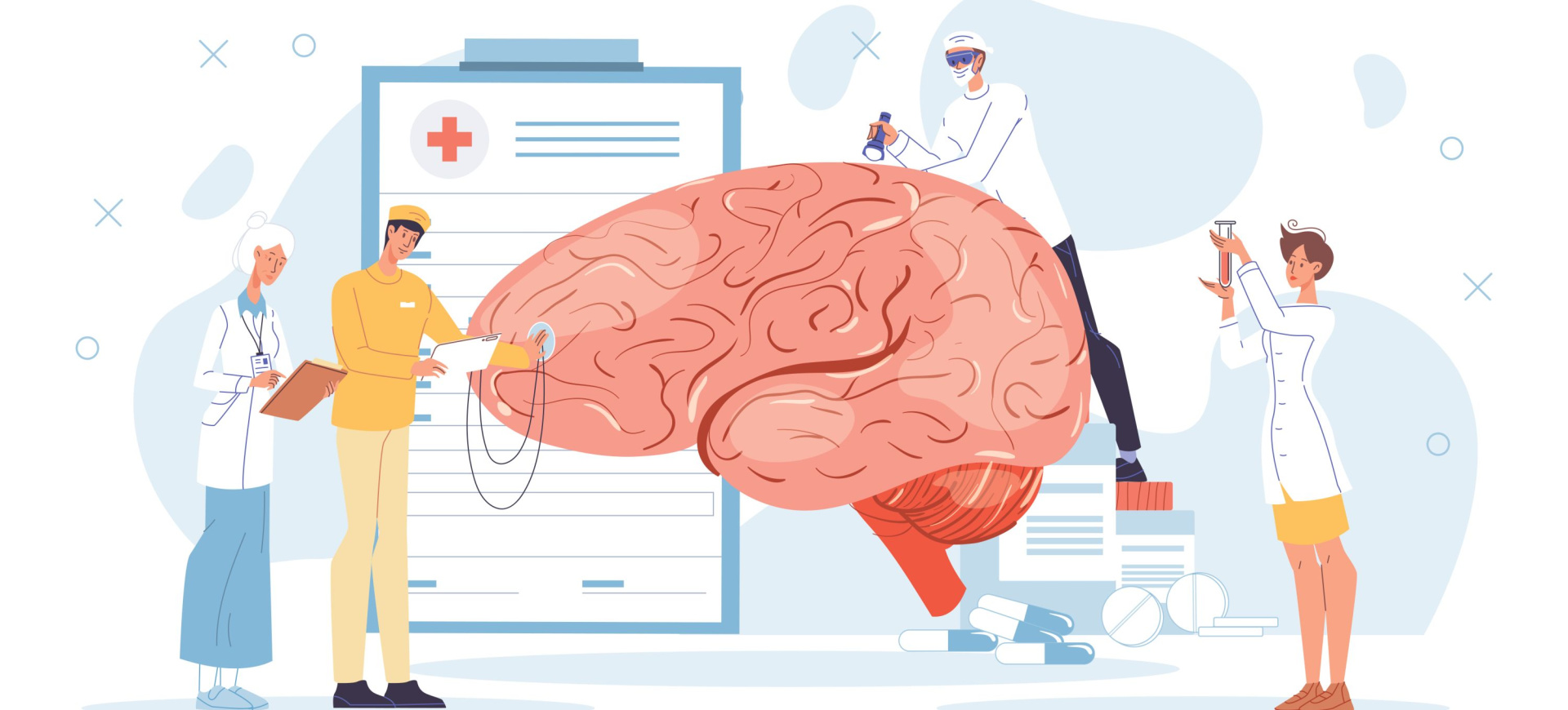Preventing neurological disorders: are we being far-sighted enough
If we do not slow the pandemic of neurological disorders, we face an even greater pandemic driven by ageing populations – but still too few health professionals deal in prevention
Health professionals are trained to deal with diseases. Few engage in prevention, which remains underestimated, underfunded and underused, but is pivotal in stemming the rising tide of neurological disorders. For dementia, billions spent on finding a drug to counter cognitive deterioration have yielded two drugs of questionable efficiency and unquestionable complications and high costs. Moreover, an effective drug to slow cognitive deterioration in symptomatic patients would only address the symptomatic late phase of the disease. It would do nothing to prevent increasing waves of cognitive impairment, driven by ageing populations compounded by an open-scissors crisis of upward ageing trends and downward birth rates. In 1960 global life expectancy was 51 years; now it is 72 years. The global fertility rate was 5 births per woman; now it is 2.4. In Japan’s super-aged and declining birth rate society, life expectancy has changed from 68 years to 85 years while the total fertility rate has declined from 2 to 1.3 per woman. This poses mounting social, economic and health challenges.
One approach is keeping older adults healthy and working past their current retirement ages. Another is educating people to optimise their cerebral, mental and social health so that they can contribute to the increasingly knowledge-based economy. Integral brain health is key to health, productivity and well-being throughout life.
Promoting brain health includes preventing risk factors and enhancing protective factors. Neurological disorders inflict the largest proportion of disability adjusted life years. Stroke and dementia account for 62%. Stroke, ischemic heart disease and most dementias share modifiable risks and protective factors, and also to a lesser degree, with Parkinson’s disease and bipolar disorders.
Risk factors differ in other neurological disorders, but promoting integral brain health might mitigate their consequences and prevent complications from the triple threat of stroke, ischemic heart disease and dementia.
Integrating and scaling up prevention by promoting integral brain health through multiple approaches can promise a quantifiable difference. The World Health Organization is acting at the global level, and several countries have national brain health plans that must be complemented by community initiatives that can more easily integrate population-focused and individual approaches.
Integral brain health: an urgent action plan
An abyss exists between what is done and what needs to be done. An abyss cannot be crossed in small steps, so we need an Integral Brain Health Urgent Action Plan to:
Consider integral brain health – cerebral, mental and social – in all individual, community and governmental decisions.
Create a compendium of actionable knowledge on what is known and what needs to be and can be known by experts and users, and strategies of motivation and implementation.
Fund new approaches to promoting and scaling up integral brain health in different-sized populations, with variable measures and reflecting different cultures.
Empower existing leaders, organisations and communities to implement their highest impact measures based on cost effectiveness.
Create a new integral brain culture through public campaigns featuring highly accomplished brain users such as sports champions, innovators, artists, writers, media personalities, scientists and scholars.
One slogan could be “Integral brain health now”. The campaign could promote a basic ABC of ‘Activity and rest, Balanced diet and Connecting with others’ to help people think better, feel better and perform better. It would emphasise the simplest, most effective individual actions. For example, walking 4,000 steps a day decreases mortality and provides significant health benefits. Doing it with someone else adds the benefit of socialising and doubles the chance that the person will continue to walk. Walking in greenery adds yet another benefit – long recognised in Japan as shinrin-yoku (forest bathing).
But how can health professionals expand their horizons when they are trained to focus on individual patients? The pandemic taught acute care doctors the importance of prevention so that they would not be overwhelmed by cases, and fostered unprecedented collaboration between public health officers and acute care professionals. Similar cooperation is needed to prevent brain disorders before the painful lessons of the pandemic fade.
Integral brain health concerns everyone. Small efforts by many produce big changes overall. If about 10% of the population adopts a new view, change follows rapidly. The pandemic is still transforming lifestyles, work and education – now is a propitious time to introduce fundamental changes.
Exhausted by the pandemic and crises, we may ask if this is the best time to ramp up prevention. But there seldom is an ideal time to innovate. If we do not begin to slow the pandemic of neurological disorders, we face an even greater, more relentless pandemic driven by ageing populations. Infectious pandemics subside, ageing epidemics do not. If we do not act now, then when? If not we, then who? It is for us, and it is now that we need to act.












